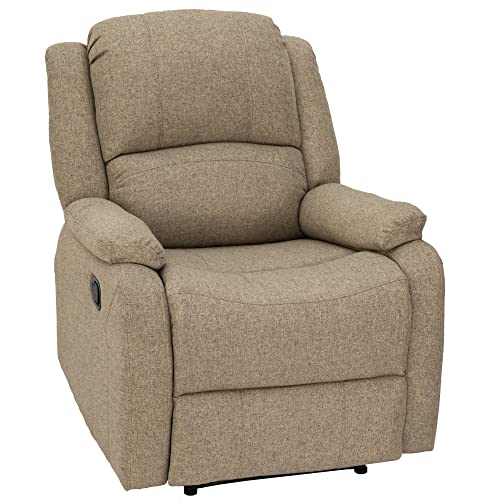Please note that "lithium iron phosphate" (LPF or LiFePO4) and "lithium phosphate" (Li-Po) batteries are NOT the same kind of batteries! And they have (significant) different voltage limitations.
Sometimes the same reference name "lithium batteries" are used. I would recommend that you do Not chose to do that, as LIFePO4 and Li-Po batteries NEEDs to be handled, managed and charged in very different ways. Likewise the charge (and discharge) rate (C-ratings) of both LPF and Li-Po batteries can be Very different between different battery products.
So specification limits (Volt and Amp limits) should always be investigated, and known, for each brand and model of lithium based batteries.
"lithium iron phosphate" (LPF or LiFePO4) 12V batteries, for instance, have voltage limits that are almost similar to 12V Lead Acid batteries, so in some (/many) applications it is possible to use them as drop-in replacements.
This is NOT the case for "12V" Li-Po based batteries - if such a thing even exists.
If you want your 12V LFP batteries to live as long as possible, then it is wise to pay attention to, and choose your own, "best practices" about voltage limits.
And possibly invest in a battery monitor that can see the voltage condition of each cell in the 12V LPF battery (if this is not already built-into the battery).









































































